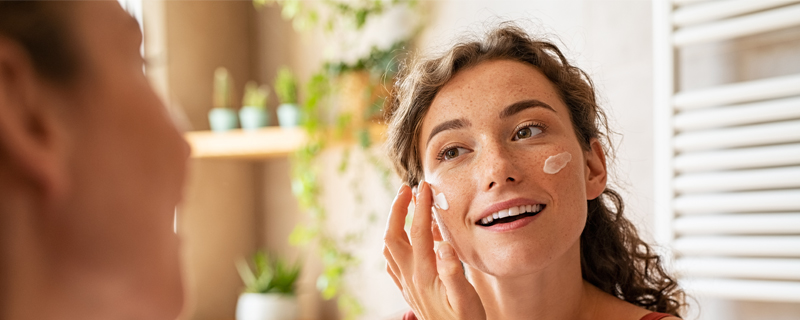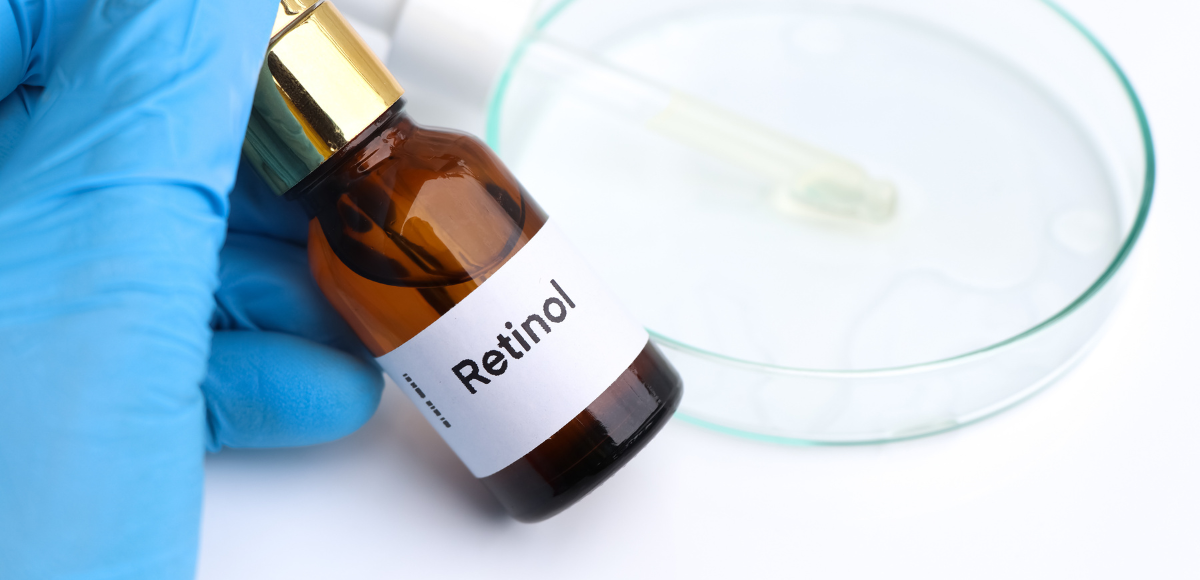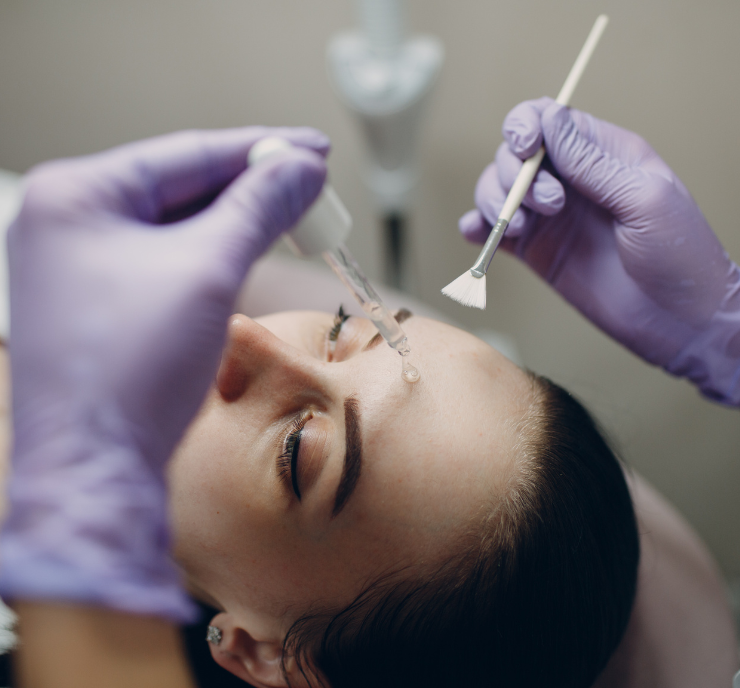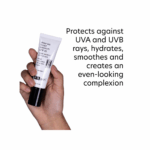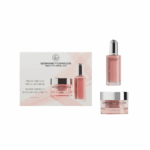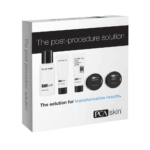No products added!
Retinol vs. Tretinoin: How to Choose What’s Right for Your Skin
When it comes to skin care, there are always new buzzwords and trending ingredients. But some names—like Retinol and Tretinoin—come up so often that it’s worth taking a closer look. Are they the same thing? Is one better than the other? And most importantly: which one should you use? Let’s break it down together.
Meet the Vitamin A Family
Both Retinol and Tretinoin belong to the Retinoid family—a group of ingredients derived from Vitamin A. They work in similar ways but have very different strengths and uses.
Retinol and Tretinoin both belong to the Vitamin A family, but they work at different strengths. Retinol is gentle, beginner-friendly, and improves skin tone and texture gradually. Tretinoin, on the other hand, is prescription-only, stronger, and works faster on acne, wrinkles, and discoloration. Choosing the right one depends on your skin’s needs.
Retinol: The Gentle Starter
Think of Retinol as the beginner-friendly option. You’ll find it in many over-the-counter serums and creams. Retinol helps your skin:
Speed up cell turnover (hello, smoother skin!)
Improve texture and tone
Minimize fine lines and mild acne
It’s like giving your skin a gentle nudge rather than a big push. That’s why it’s perfect if you’re just starting out with Retinoids or if you want results without too much dryness or irritation.
Tretinoin: The Powerful Upgrade
Tretinoin is Retinol’s stronger cousin. You’ll need a prescription for it, since it works faster and more intensely. Dermatologists often recommend it for:
Stubborn acne
Deeper wrinkles
Uneven texture or more advanced skin concerns
Because of its potency, Tretinoin requires more careful use—but the results can be dramatic, often showing in just a few weeks.
Retinol vs. Tretinoin: Key Things to Know
Strength: Tretinoin is more powerful, Retinol is gentler.
Uses: Both fight aging and improve skin tone, but Tretinoin is better for severe concerns.
Accessibility: Retinol is available everywhere, Tretinoin requires a doctor’s prescription.
Best Practices: Start slow with Retinol (a few nights a week, then build up). Use Tretinoin only as directed by your dermatologist.
Results: Retinol may take a few months to show changes, while Tretinoin often works in weeks.
Which One Should You Choose?
If you’re new to Retinoids or have sensitive skin → start with Retinol.
If you’ve tried Retinol and need stronger results → talk to your dermatologist about Tretinoin.
Remember, it’s not about which ingredient is “better”—it’s about which one is right for your skin.
Sandra’s Tip: Retinol Made Easy
At our spa, we love products that balance science and comfort. For example, PCA SKIN creates powerful yet gentle Retinol formulas:
Intensive Clarity Treatment® (0.5% Retinol): Targets acne effectively.
Intensive Brightening Treatment®: Tackles dark spots and uneven tone.
Intensive Age Refining Treatment®: Helps reduce visible signs of aging.
These formulas let you enjoy the benefits of Retinol without overwhelming your skin—making it easier to stay consistent and see results.

